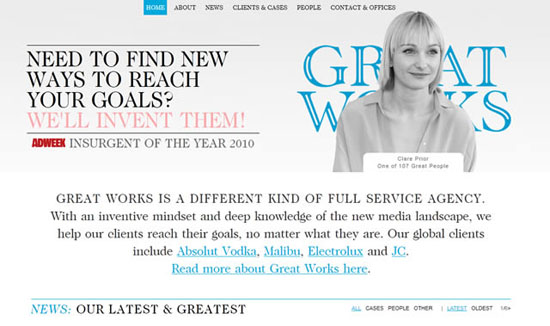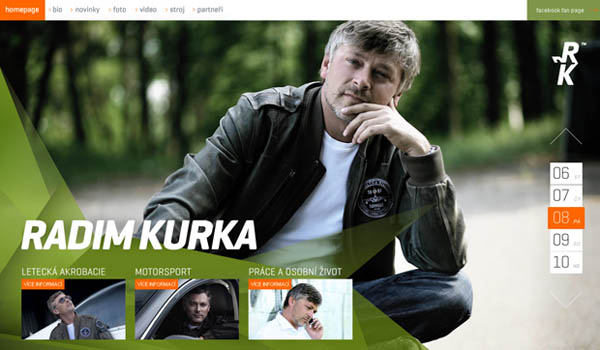Adapt.js is a JavaScript library (or framework) that helps you design web sites for mobile devices:
For many developers that means using @media queries to selectively target the device screen size and orientation through CSS.
While the @media approach is a good one, it won’t work for every site. That’s why Nathan Smith, creator of the 960 Grid System, has released Adapt.js, a lightweight JavaScript library (894 bytes minified) that allows you to specify a list of stylesheets and the screen sizes for which they should be loaded. Essentially Adapt.js does the work of @media, but will work in any browser, even those that don’t understand @media.
… While using JavaScript to load CSS might seem a bit strange, even if you use @media queries you’re still going to need some kind of polyfill (usually JavaScript-based) to handle those browsers that don’t know what to do with @media rules.
— Scott Gilbertson @ Webmonkey



